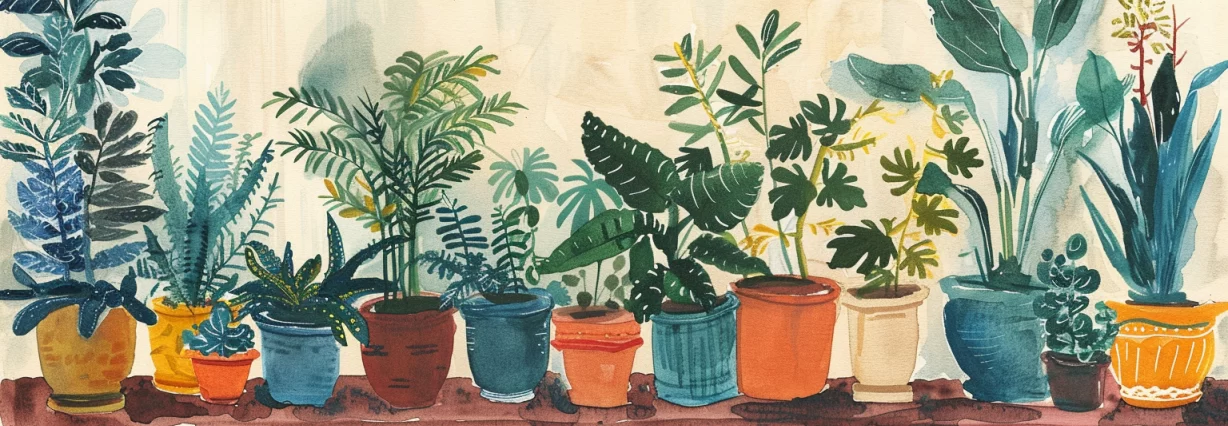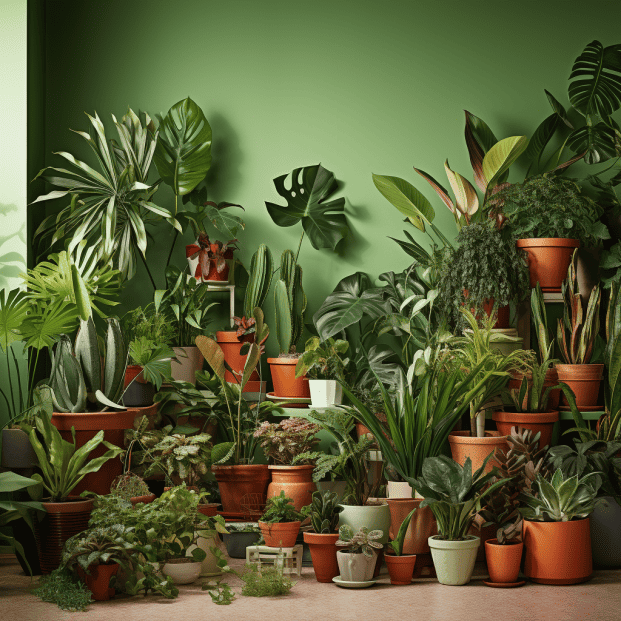Indoor plants not only add a touch of greenery to your home but also provide numerous benefits such as improving air quality, reducing stress, and boosting mood. However, selecting the perfect indoor plants for your home can be a daunting task, especially if you are new to gardening. With so many options available, it can be overwhelming to decide which plants will thrive in your space.
When selecting indoor plants, it’s important to consider factors such as lighting, humidity, and temperature. Some plants require bright, direct sunlight, while others thrive in low light conditions. Similarly, some plants prefer high humidity levels, while others can tolerate dry air. By understanding the specific needs of each plant, you can select the perfect indoor plants for your home that will not only survive but also thrive.
In this article, we will explore the best indoor plants for different lighting and humidity conditions, as well as provide tips on how to care for them. Whether you are looking for low-maintenance plants or those that require a little more attention, we’ve got you covered. By the end of this article, you’ll be equipped with the knowledge and confidence to select the perfect indoor plants for your home.
Understanding Indoor Plants
Indoor plants are a great way to bring nature into your home. They not only add aesthetic appeal but also have numerous health benefits such as purifying the air and reducing stress levels. When selecting indoor plants, it is important to consider factors such as lighting, humidity, and temperature.
Types of Indoor Plants
There are many types of indoor plants to choose from, each with its own unique characteristics. Some popular indoor plants include:
- Succulents: These plants have thick, fleshy leaves that store water, making them easy to care for and perfect for those who tend to forget to water their plants.
- Snake Plant: Also known as Sansevieria, this plant is a great choice for beginners as it is low maintenance and can tolerate low light levels.
- Pothos: This trailing plant is easy to care for and can thrive in a variety of lighting conditions.
- Philodendron: This plant has heart-shaped leaves and comes in various sizes. It is easy to care for and can tolerate low light levels.
- Peace Lily: This plant has beautiful white flowers and can help purify the air.
- Ferns: These plants have delicate fronds and prefer high humidity levels. They are a great choice for bathrooms or kitchens.
- Spider Plant: This plant has long, thin leaves and produces small white flowers. It is easy to care for and can tolerate a wide range of lighting conditions.
- Ivy: This trailing plant is great for hanging baskets and can thrive in low to medium light conditions.
- Fiddle Leaf Fig: This plant has large, violin-shaped leaves and prefers bright, indirect light.
- ZZ Plant: This plant has shiny, dark green leaves and is very low maintenance. It can tolerate low light levels and irregular watering.

Succulents 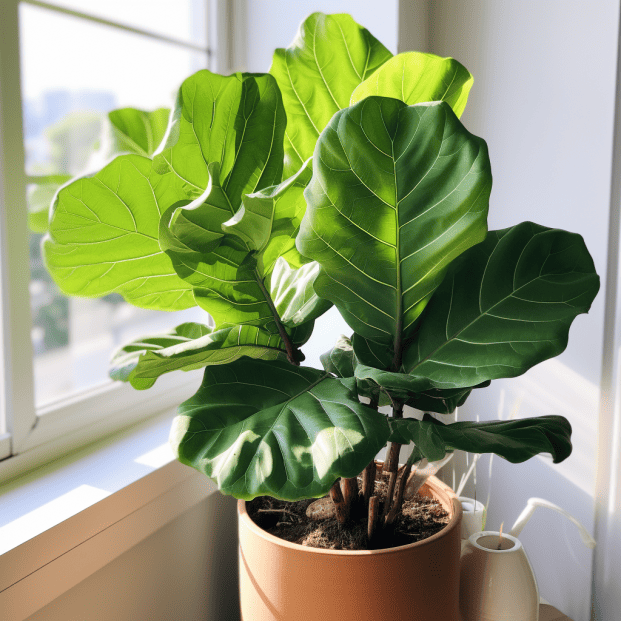
Fiddle leaf fig 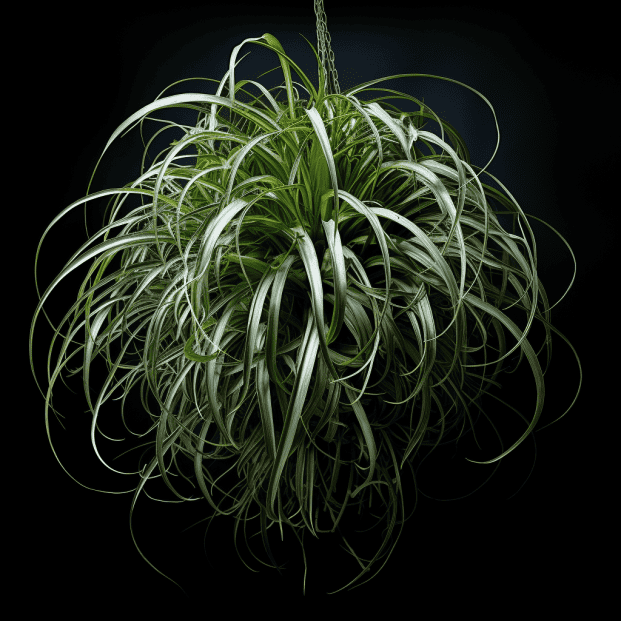
Spider plant 
Snake plant Care Tips
Different indoor plants have different care requirements, but there are some general tips that can help ensure your plants thrive:
- Watering: Most indoor plants prefer to be kept evenly moist, but overwatering can lead to root rot. It is important to allow the soil to dry out slightly between waterings.
- Lighting: Most indoor plants prefer bright, indirect light, but some can tolerate low light conditions. It is important to research the lighting requirements of your specific plant.
- Humidity: Some indoor plants prefer high humidity levels and can benefit from regular misting or a humidifier.
- Temperature: Most indoor plants prefer temperatures between 60-75°F (15-24°C). Avoid placing plants near drafts or heating/cooling vents.
Where to Buy Indoor Plants
There are many places to buy indoor plants, including local nurseries, garden centers, and online retailers. Some popular online retailers include The Sill, Bloomscape, and Amazon. It is important to research the reputation of the retailer and read reviews before making a purchase.
Benefits of Indoor Plants
Indoor plants are not just beautiful additions to your home decor, but they also offer numerous benefits for your physical and mental health. Here are some of the benefits of having indoor plants in your home:
Air Purifying
Plants are natural air purifiers and can help to remove toxins and pollutants from the air. According to a study by NASA, plants can remove up to 87% of air toxins in just 24 hours. Some of the best air-purifying plants include spider plants, peace lilies, and snake plants.
Mood Boosting
Indoor plants can also improve your mood and reduce stress levels. Studies have shown that being in the presence of plants can reduce anxiety, depression, and fatigue. Plants can also increase feelings of happiness and well-being. Some of the best mood-boosting plants include lavender, jasmine, and rosemary.
Concentration and Creativity
Indoor plants can also improve concentration and creativity. Studies have shown that having plants in the workplace can increase productivity and creativity. Plants can also help to reduce mental fatigue and improve concentration. Some of the best plants for concentration and creativity include succulents, cacti, and ferns.
Good Luck
In some cultures, indoor plants are believed to bring good luck and prosperity to the home. For example, the money plant (Pachira aquatica) is believed to bring wealth and good fortune. The bamboo plant is also considered lucky and is said to bring good energy and positive vibes to the home.
Overall, indoor plants offer numerous benefits for your physical and mental health. From purifying the air to boosting your mood and improving concentration, there are countless reasons to add some greenery to your home.
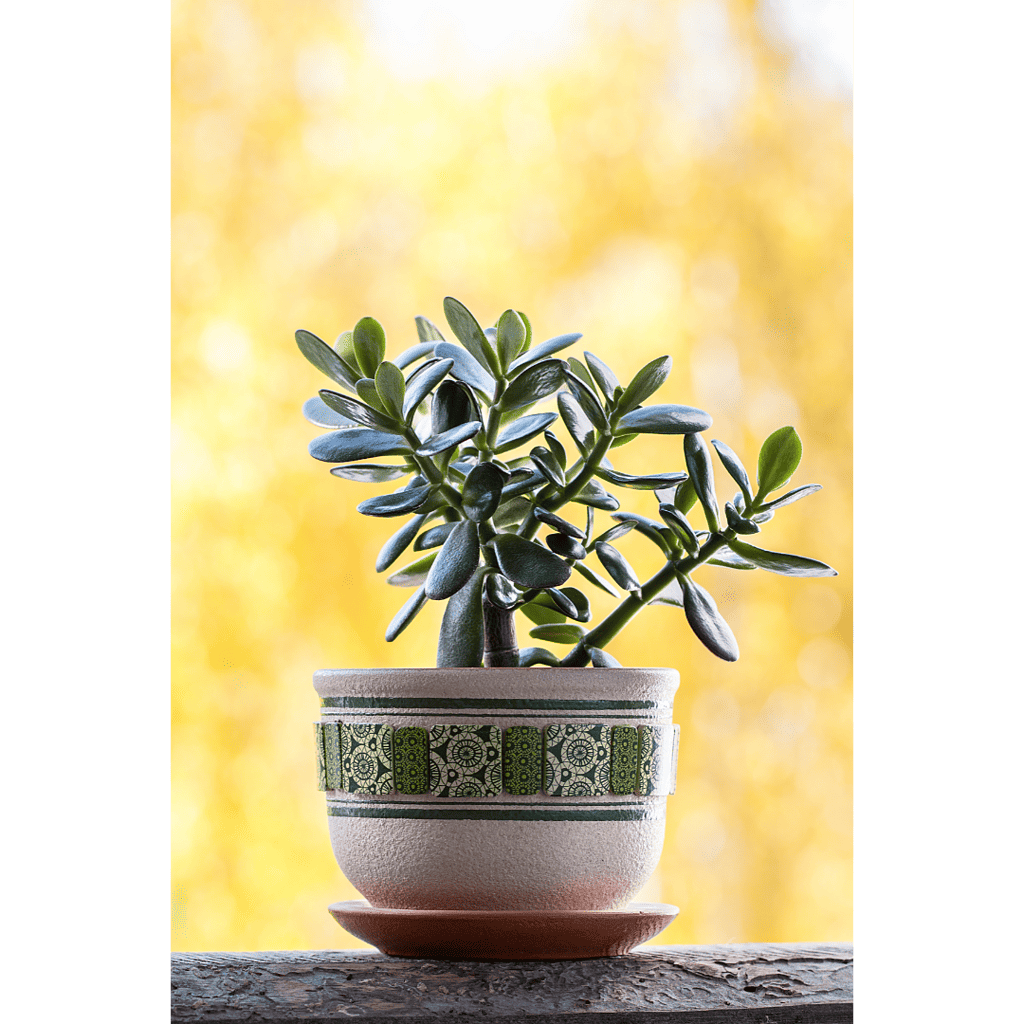

Choosing the Right Plant for Your Home
Selecting the perfect indoor plant for your home can be a daunting task, especially if you are a beginner. There are a lot of factors to consider, such as the amount of sunlight your home receives, the humidity levels, and the space available. In this section, we will guide you through the process of choosing the right plant for your home.
Consider Your Space
Before selecting a plant, consider the space you have available. If you have limited space, choose a plant that does not require a lot of room. For example, a snake plant or a pothos can thrive in small spaces. Alternatively, if you have a larger space, consider a fiddle-leaf fig or a monstera.
Assess the Lighting
Different plants require different levels of sunlight. Some plants thrive in low light conditions, while others require direct sunlight. Assess the lighting conditions in your home and choose a plant that can thrive in that environment. For example, a ZZ plant or a peace lily can thrive in low light conditions, while a money tree or a rubber plant requires bright, indirect sunlight.
Check Humidity Levels
Humidity levels can also affect the growth of indoor plants. Some plants require high humidity levels, while others can thrive in drier conditions. If you live in a dry climate, consider a plant that can tolerate low humidity levels, such as a cactus or a succulent. Alternatively, if you live in a humid environment, consider a plant that requires high humidity levels, such as a fern or a calathea.
Choose the Right Soil
Choosing the right soil is also important for the growth of indoor plants. Most indoor plants prefer well-draining soil that is kept moist but not waterlogged. However, some plants, such as aloe vera, require well-draining soil that is allowed to dry out between waterings. Consider the soil requirements of the plant you are interested in and choose a potting mix that meets those needs.
Consider the Room
Different rooms in your home have different environmental factors that can affect the growth of indoor plants. For example, the kitchen can be a great place for herbs and edible plants, while the bathroom can be a good place for plants that thrive in high humidity levels. Consider the room you want to place your plant in and choose a plant that can thrive in that environment.
Explore Your Options
There are a lot of indoor plants to choose from, and exploring your options can help you find the perfect plant for your home. Some popular indoor plants include snake plants, pothos, spider plants, and peace lilies. However, there are many other options available, and you can find a plant that suits your personal style and preferences.
By considering your space, lighting, humidity levels, soil, and the room you want to place your plant in, you can choose the perfect indoor plant for your home.
Caring for Your Indoor Plants
Taking care of indoor plants is essential to ensure their growth and longevity. Here are a few tips to help you care for your indoor plants:

Watering
Watering indoor plants can be tricky, as overwatering or underwatering can be harmful. It is important to keep the soil moist but not wet. The frequency of watering depends on the plant type, size, and the environment. Some plants like the ZZ plant are drought-tolerant and require less watering, while others like the Peace Lily require more frequent watering.
Sunlight
Most indoor plants require indirect sunlight. Direct sunlight can be harmful and cause the leaves to burn. It is best to place the plants near a window that receives bright, indirect sunlight. If your home does not receive enough natural light, you can use grow lights to supplement the light.
Humidity
Indoor plants thrive in a humid environment. If your home is dry, you can use a humidifier or place a tray of water near the plants to increase the humidity level.
Fertilizer
Indoor plants require nutrients to grow and thrive. You can use a balanced liquid fertilizer to feed your plants once a month during the growing season.
Pruning
Pruning is essential to keep your indoor plants healthy and attractive. You can prune the dead or yellow leaves, and trim the stems to control the growth.
Hanging Baskets

Hanging baskets are a great way to display your indoor plants. They require less space and can add a decorative touch to your home.
Low-Maintenance Plants
If you are a beginner or do not have much time to care for your plants, you can choose low-maintenance plants like the Snake Plant or Spider Plant. These plants require less watering and can tolerate low light conditions.
By following these simple tips, you can ensure that your indoor plants stay healthy and beautiful.
Creating an Indoor Jungle
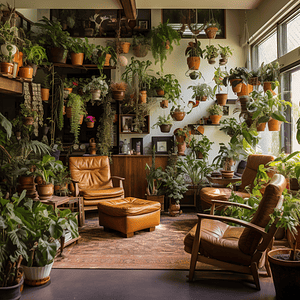 Indoor jungles are an excellent way to bring nature indoors and add a touch of greenery to your home. Creating an indoor jungle involves selecting the right plants and arranging them in a way that mimics a natural environment. Here are some tips for creating an indoor jungle:
Indoor jungles are an excellent way to bring nature indoors and add a touch of greenery to your home. Creating an indoor jungle involves selecting the right plants and arranging them in a way that mimics a natural environment. Here are some tips for creating an indoor jungle:Selecting the Right Plants
When selecting plants for your indoor jungle, consider the indoor environment. Some plants thrive in low-light conditions, while others require bright, direct sunlight. Some plants are easier to care for than others, making them ideal for beginners. Bloomscape has a great selection of easy-to-care-for houseplants that are perfect for creating an indoor jungle.
Hanging plants are a great way to add depth and dimension to your indoor jungle. They can be hung from the ceiling or placed on a high shelf to create a cascading effect. Some popular hanging plants include spider plants, pothos, and string of pearls.
Arranging Your Plants
When arranging your plants, consider the natural environment of the plants you have selected. Some plants prefer to be grouped together, while others need more space. Arrange your plants in a way that mimics a natural environment, with taller plants in the back and shorter plants in the front.
Consider using different types of containers to add visual interest to your indoor jungle. Terracotta pots, woven baskets, and hanging planters are all great options.
Caring for Your Indoor Jungle
Caring for an indoor jungle requires regular watering, fertilizing, and pruning. Be sure to follow the care instructions for each plant to ensure they thrive in their indoor environment.
In conclusion, creating an indoor jungle is a great way to add a touch of nature to your home. Selecting the right plants, arranging them in a natural way, and caring for them properly will ensure your indoor jungle thrives for years to come.
Health Risks and Precautions
While indoor plants offer numerous benefits, there are some health risks associated with them. It’s important to take precautions to avoid any potential health hazards.
One of the primary concerns with indoor plants is their ability to release harmful chemicals such as formaldehyde and benzene into the air. Formaldehyde can be found in many household products such as furniture, flooring, and cleaning products. Benzene is commonly found in tobacco smoke and gasoline.
However, certain indoor plants can help to reduce the levels of these chemicals in the air. For example, the peace lily has been found to have air-cleaning properties and can help to remove formaldehyde and benzene from the air. Other plants that are effective at removing these chemicals include the spider plant, bamboo palm, and snake plant.
It’s important to note that while these plants can help to improve indoor air quality, they should not be relied upon as the sole method of reducing harmful chemicals in the air. Proper ventilation and the use of household products that are free of harmful chemicals are also important factors in maintaining a healthy indoor environment.
Another potential health risk associated with indoor plants is the presence of mold. Mold can grow on the soil of potted plants and can cause respiratory problems in some individuals. To prevent mold growth, it’s important to avoid overwatering and to ensure that the soil is well-drained.
In addition, some indoor plants can be toxic if ingested. It’s important to keep these plants out of reach of children and pets. Some common toxic indoor plants include the peace lily, pothos, and philodendron.
Overall, indoor plants can provide numerous benefits for your home and health. By taking the necessary precautions, you can enjoy the benefits of indoor plants while minimizing any potential health risks.
Frequently Asked Questions
What are the top 10 indoor plants for homes?
When it comes to selecting indoor plants for homes, there are many options to choose from. However, some of the most popular indoor plants include the snake plant, spider plant, pothos, peace lily, ZZ plant, Chinese evergreen, rubber plant, fiddle leaf fig, philodendron, and aloe vera.
What are some low maintenance indoor plants that are easy to care for?
If you’re looking for indoor plants that are low maintenance and easy to care for, consider the snake plant, spider plant, pothos, ZZ plant, peace lily, or Chinese evergreen. These plants require minimal watering and can tolerate a range of lighting conditions.
Which indoor plants are best for bedrooms?
For bedrooms, it’s important to choose indoor plants that can help purify the air and promote relaxation. Some of the best indoor plants for bedrooms include the snake plant, peace lily, spider plant, aloe vera, and lavender.
What are some popular indoor house plants?
In addition to the top 10 indoor plants mentioned earlier, some other popular indoor house plants include the monstera deliciosa, bird of paradise, rubber plant, Boston fern, and calathea.
What are the 7 important things to consider when growing indoor plants?
When growing indoor plants, it’s important to consider the lighting conditions, temperature, humidity, soil type, watering schedule, fertilization, and pest control. Each plant has unique requirements, so it’s important to research and understand the needs of your specific plant.
Which indoor plants are known for purifying the air the most?
Several indoor plants are known for their air-purifying properties, including the snake plant, peace lily, spider plant, pothos, rubber plant, Boston fern, and bamboo palm. These plants can help remove harmful toxins from the air and improve indoor air quality.

